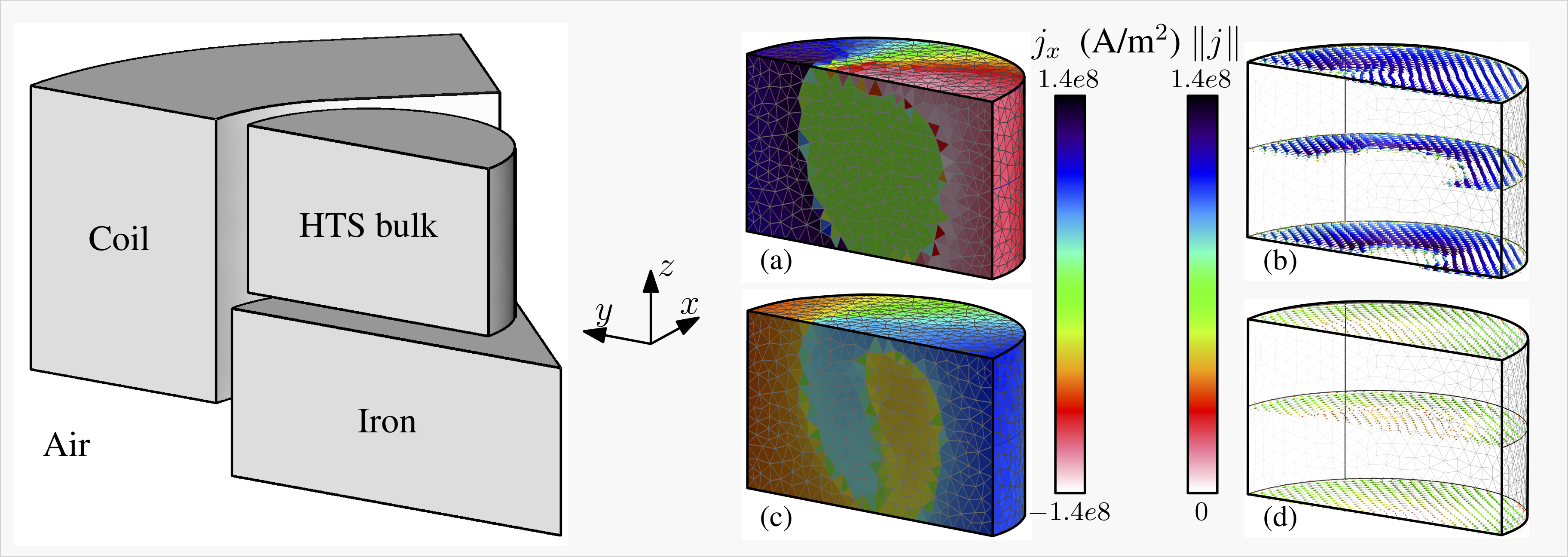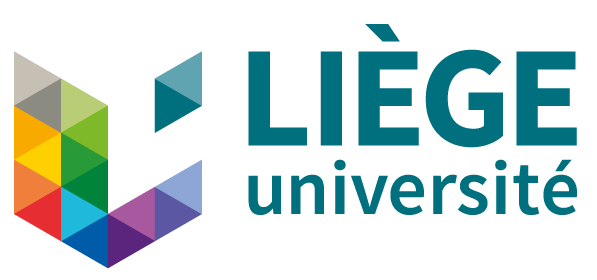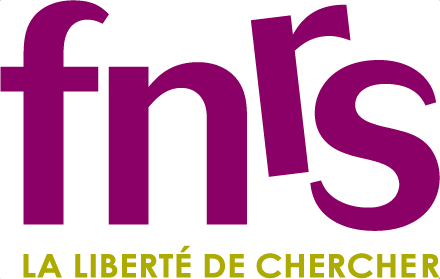
Life-HTSLiège university Finite Element models for High-Temperature Superconductors
This project contains template and model files for modeling systems containing type-II superconductors (incl. HTS) with GetDP as a finite element solver and Gmsh as mesh generator.
Several finite element formulations are implemented together with various linearization methods and iterative procedures. Simple models are proposed for practical applications (bulk and tapes HTS, coupling with ferromagnets...)
The main models were developed at the University of Liège and are maintained by Julien Dular.
For any question, do not hesitate to contact me by e-mail (see below). Please also check-out the FiQuS tool.
Features
- Power law model for type-II superconductors.
- Simple anhysteretic model for soft ferromagnetic materials (FM).
- Two dual formulations for nonlinear equations in 1D, 2D and 3D. h-conform (h or h-phi) and b-conform (a or a-v).
- Coupled formulations for nonlinear systems with HTS and FM (2D-3D; h-a, h-phi-a, h-b, a-j).
- A t-a-formulation with global variables inside the formulation (for voltage coupling for example) (2D-3D).
- A thin-shell h-phi-formulation for HTS tapes.
- A homogenized model for stacks of HTS tapes.
- Original models with a helicoidal transformation (including transverse field excitation for linear materials).
Models
- Cylinder: Bulk cylindrical HTS subjected to an external field parallel to its axis (2D axisymmetric). In particular, the magnetization curve and the current density distribution are interesting outputs.
- Tape: Thin HTS tape with imposed current intensity (2D). Simple model for AC loss calculation. This model also features the t-a-formulation and the thin-shell h-phi-formulation.
- Cube: Bulk cube HTS subjected to an external field along a principal direction (3D). This model illustrates the benefit of using the b-conform formulation with large time steps.
- Cylinders: Stacked bulk cylinders: HTS with ferromagnetic materials on top of it, subjected to an external field parallel to their symmetry axis (2D axisymmetric). This model is a simple example for the coupled formulation.
- HTS-Motor: A simple HTS motor (2D), with torque computation and rotating mesh.
- Magnet: HTS bulk magnet (3D), bulk magnetization with an inducting coil (imposed current via a generalized source field in h-formulation). The bulk is on top of a FM. Handling both HTS and FM is most efficiently done with a coupled h-a-formulation (with scalar potential in air "h-phi"). See reference below.

Advanced models (particular geometries and formulations)
- Filaments: AC losses in multifilamentary superconducting wires (2D and 3D). Full 3D model (requires a special version of Gmsh including periodic cuts and cohomology functions, available upon request by e-mail), and equivalent 2D model with a helicoidal change of variables for particular geometries and external excitations. See references below (Section 5.1 of my PhD thesis and paper).
- (Stacked-Tapes): Shielding effectiveness of hollow cylinders made of a stack of HTS tapes (2D-axi and 3D). Models are available upon request by e-mail, they require special functions to be added in GetDP. Models with and without homogenization techniques with comparison against experimental measurements. See references below (Section 5.2 of my PhD thesis and paper).
Quick start
- Download the precompiled ONELAB software bundle for Windows, Linux or macOS.
- Launch the Gmsh app
 .
.
- Open
cylinder/cylinder.pro. - Press
Run.
References and tutorials
- Video tutorials on technical details of formulations during the GetDP workshop at CERN, April 2021 (part 1, part 2, slides). See also the podcasts of the entire event here.
- Life-HTS presentation at the HTS 2020 motor school, September 2020.
- Life-HTS presentation at the HTS 2020 workshop, June 2021.
- Life-HTS presentation at the 3rd International School on Numerical Modelling for App. Supercond., June 2022.
- My PhD Thesis containing all details about the formulations, January 2023.
- Finite Element Formulations for Systems with High-Temperature Superconductors,
J. Dular, C. Geuzaine and B. Vanderheyden,
IEEE Transactions on Applied Superconductivity, vol. 30, no. 3, pp. 1–13, 2019.
DOI: 10.1109/TASC.2019.2935429.
Comparison of h-conform and b-conform formulations for HTS, with discussion of the large time step approach for good fast estimates, and presentation of a coupled h-a-formulation for systems with both HTS and FM (preprint). - On the Stability of Mixed Finite-Element Formulations for High-Temperature Superconductors,
J. Dular, M. Harutyunyan, L. Bortot, S. Schöps, B. Vanderheyden, and C. Geuzaine,
IEEE Transactions on Applied Superconductivity, vol. 31, no. 6, pp. 1-12, 2021.
DOI: 10.1109/TASC.2021.3098724.
Derivation of h-a-formulation and t-a-formulation, with analysis of their numerical stability when considered as perturbed saddle point problems (preprint). Slides from HTS Modeling 2020. - What Formulation Should One Choose for Modeling a 3D HTS Motor Pole with Ferromagnetic Materials?
J. Dular, K. Berger, C. Geuzaine and B. Vanderheyden, IEEE Transactions on Magnetics, vol. 58, no. 9, pp. 1-4, 2022.
DOI: 10.1109/TMAG.2022.3167839.
Comparison of eight different formulations for a 3D problem (magnet) with both HTS and FM (preprint). - Thin-Shell Approach for Modeling Superconducting Tapes in the h-phi Finite-Element Formulation,
B. de Sousa Alves, V. Lahtinen, M. Laforest and F. Sirois,
Superconductor Science and Technology, vol. 35, no. 2, 2022.
Presentation of the thin-shell model for HTS tapes (postprint). - Finite Element Models for Magnetic Shields Made of Stacked Superconducting Tape Annuli,
J. Dular, S. Brialmont, P. Vanderbemden, C. Geuzaine and B. Vanderheyden, accepted for publication in IEEE Transactions on Applied Superconductivity, Sept. 2023 (in press).
Comparison of detailed (layered) and homogenized models with three different formulations (preprint). - Helicoidal Transformation Method for Finite Element Models of Twisted Superconductors,
J. Dular, F. Henrotte, A. Nicolet, M. Wozniak, B. Vanderheyden and C. Geuzaine, submitted for publication in IEEE Transactions on Applied Superconductivity, Dec. 2023.
Development of novel method for helicoidal transformation with h-phi-formulation to handle transverse field excitation (preprint).
Information
The main models are developed by Julien Dular, Christophe Geuzaine and Benoît Vanderheyden in Montefiore at the University of Liège, Belgium.
Research was funded by the F.R.S.-FNRS.
Other contributors: Bruno de Sousa Alves (thin-shell model).
If you have any question, suggestion or if you find any bug, you are welcome to contact me directly using this e-mail address julien.dular at cern.ch.

